Cost-Effectiveness
Cost considerations are playing a pivotal role in shaping the Honeycomb Paperboard Packaging Market. Honeycomb paperboard offers a cost-effective alternative to traditional packaging materials, such as wood and plastic. The production process of honeycomb paperboard is generally less resource-intensive, which can lead to lower overall costs for manufacturers. Recent data suggests that companies can reduce packaging costs by up to 20% by switching to honeycomb paperboard solutions. This financial incentive is particularly appealing to small and medium-sized enterprises that are looking to optimize their operational expenses. As businesses increasingly prioritize cost efficiency without compromising on quality, the adoption of honeycomb paperboard packaging is likely to gain momentum, further driving market growth.
Regulatory Compliance
Regulatory pressures regarding packaging materials are increasingly influencing the Honeycomb Paperboard Packaging Market. Governments around the world are implementing stricter regulations aimed at reducing plastic waste and promoting sustainable practices. Honeycomb paperboard, being a recyclable and biodegradable option, positions itself favorably in this regulatory landscape. Companies that adopt honeycomb paperboard packaging can not only comply with these regulations but also enhance their corporate social responsibility profiles. Market trends indicate that businesses that align with regulatory requirements are likely to experience a competitive edge, as consumers are more inclined to support brands that demonstrate environmental stewardship. This regulatory compliance is expected to drive the demand for honeycomb paperboard packaging, as companies seek to avoid penalties and enhance their market reputation.
Versatile Applications
The versatility of honeycomb paperboard is emerging as a key driver for the Honeycomb Paperboard Packaging Market. This material is suitable for a wide range of applications, including protective packaging, point-of-purchase displays, and furniture components. Its lightweight yet sturdy nature makes it an attractive option for various sectors, including electronics, food and beverage, and consumer goods. Market analysis indicates that the demand for honeycomb paperboard packaging in the electronics sector is expected to grow by approximately 5% annually, as manufacturers seek reliable and sustainable packaging solutions. Additionally, the adaptability of honeycomb paperboard allows for creative designs that can enhance product visibility and consumer engagement. This broad applicability is likely to encourage more businesses to adopt honeycomb paperboard packaging, thereby expanding its market presence.
Technological Innovations
Technological advancements in manufacturing processes are significantly influencing the Honeycomb Paperboard Packaging Market. Innovations such as automated production lines and advanced design software have improved the efficiency and precision of honeycomb paperboard production. These technologies enable manufacturers to create customized packaging solutions that meet specific client needs, thereby enhancing product appeal. Recent statistics suggest that the integration of technology in packaging is expected to increase operational efficiency by up to 30% in the coming years. This efficiency not only reduces costs but also allows for quicker turnaround times, which is crucial in today's fast-paced market. As companies continue to seek competitive advantages, the adoption of these technological innovations in honeycomb paperboard packaging is likely to accelerate, further driving market growth.
Sustainability Initiatives
The increasing emphasis on sustainability appears to be a primary driver for the Honeycomb Paperboard Packaging Market. As consumers and businesses alike become more environmentally conscious, the demand for eco-friendly packaging solutions has surged. Honeycomb paperboard, being recyclable and biodegradable, aligns well with these sustainability goals. According to recent data, the market for sustainable packaging is projected to grow at a compound annual growth rate of approximately 7% over the next few years. This trend indicates that companies are likely to invest in honeycomb paperboard packaging as a viable alternative to traditional materials, thereby enhancing their brand image and meeting regulatory requirements. Furthermore, the shift towards circular economy practices is expected to bolster the adoption of honeycomb paperboard packaging, as it supports waste reduction and resource efficiency.


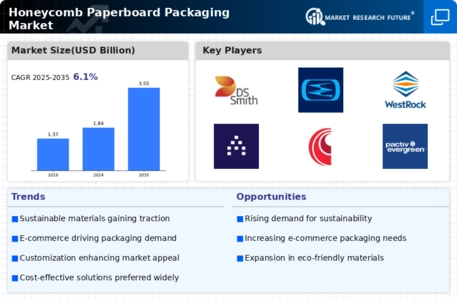
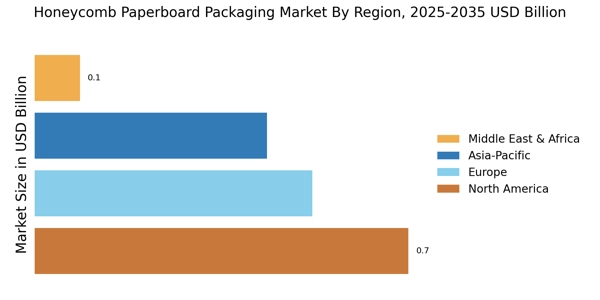
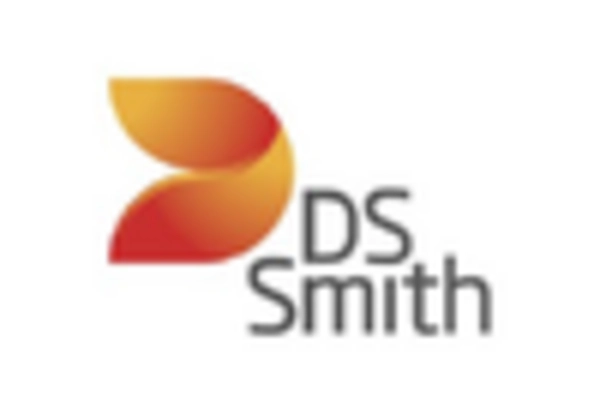
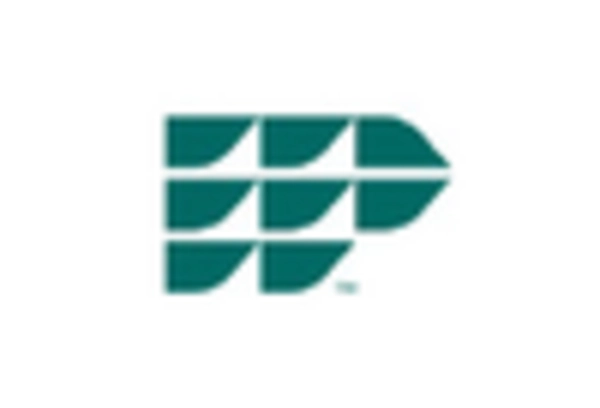


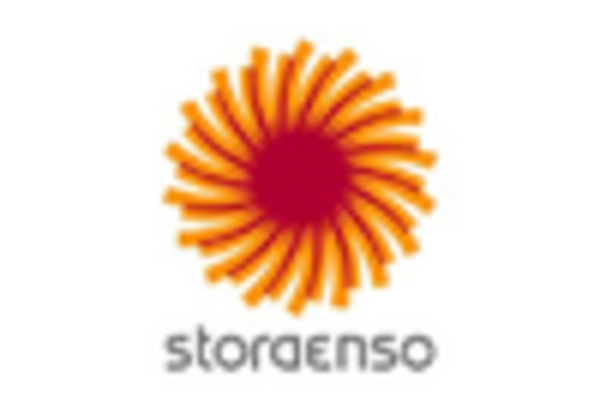
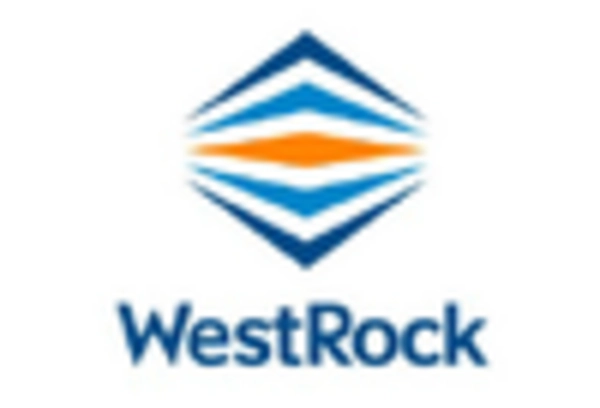








Leave a Comment